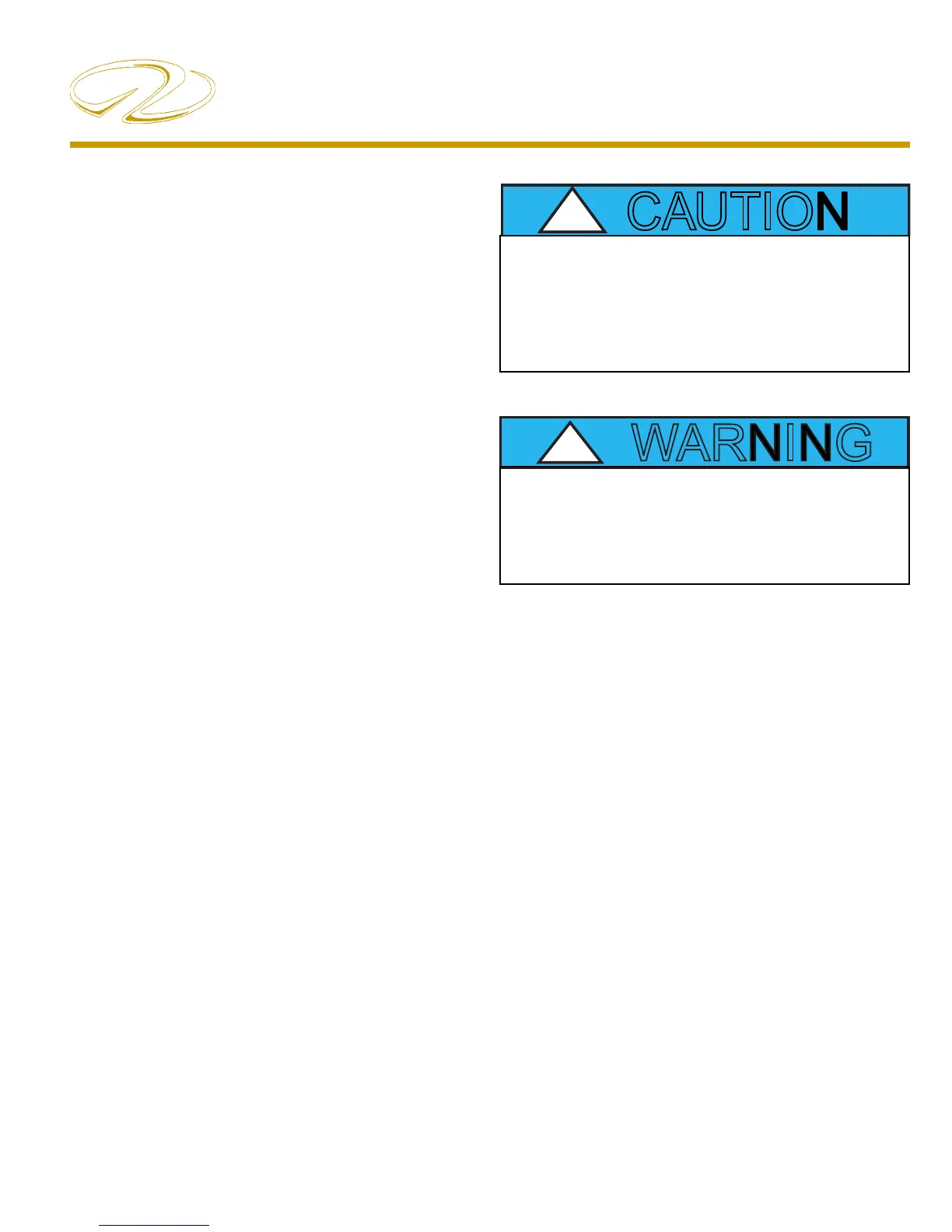25
V
essel Operation
LAUNCHING
Serious accidents can occur at the launching ramp.
erefore, it is imperative you be alert and attentive
during launching and docking activities. Study the ramp
area and surrounding water for any potential hazards,
such as a short ramp or one with a drop o at the end.
If you are uncertain of the conditions, ask someone else
who has just used the ramp if there are any peculiarities
to the area.
Install the drain plug. Attach 2 lines, one each at the bow
and stern, to control your boat once it is o the trailer. If
you need additional fenders to keep the sides of the boat
from banging against the ramp walls, use those as well.
Unhook the stern tie-downs and the winch line to the
bow. Unplug the trailer harness connector so the hot
trailer light bulbs won’t blow out when they come in
contact with water.
When backing in, have someone assist, giving the palms
up stop signal when the boat is in deep enough water to
oat o , or when the rear wheels of your vehicle approach
the water’s edge.
A er your boat is oating freely, position it clear of the
trailer before pulling out of the water. If there is no one
to help you, secure one of the lines you’ve attached from
the boat to the dock and use the other line to pull the boat
o trailer. e process is easier with 2 people.
Ramps are very slippery. Do not attempt to walk or stand
on an angled boat ramp.
AVOID LOSING VEHICLE TRACTION!
DO NOT ALLOW REAR WHEELS TO
ENCOUNTER SAND OR SLIPPERY
CONCRETE CONDITIONS.
AVOID BODILY INJURY!
DO NOT ATTEMPT TO WALK OR STAND
ON AN ANGLED BOAT RAMP.
